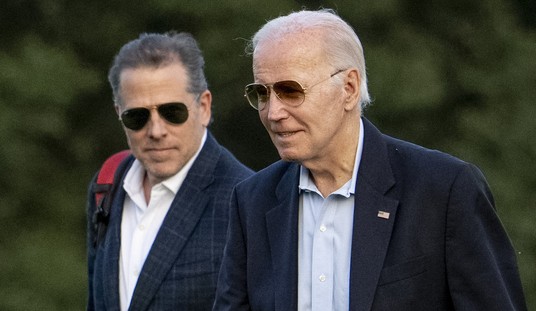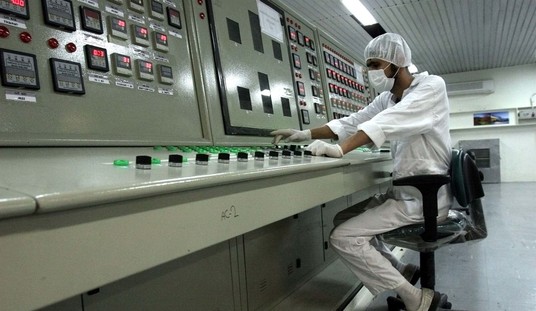A year ago, President Obama named 3 liberal Democrats to fill vacancies on the National Labor Relations Board. He claimed that the Senate was in recess at the time, so his appointments conformed to the constitutional standard required for recess appointments.
The problem was, the Senate was not in recess — technically speaking. Every couple of days during what is usually the Christmas recess, the Senate “convened” long enough to adjourn for the day. No business was transacted. But the gambit was used to prevent the president from employing the recess appointment card.
Now, for the first time in American history, the Supreme Court will consider just what constitutes a “recess appointment.” The court will hear a case involving a Washington state canning company that lost an NLRB decision involving the questionably appointed commissioners. Senate Republicans have also joined the suit that, if overturned, could invalidate hundreds of NLRB decisions made after the president claimed his recess appointment power to name the three Democrats.
One of the question before the court will be; who decides when the Senate is in recess?
The justices will be considering two broad questions and a narrower one as well.
The big issues are whether recess appointments can be made only during the once-a-year break between sessions of Congress and whether the vacancy must occur while the Senate is away in order to be filled during the same break.
Solicitor General Donald Verrilli Jr. told the court that 14 presidents have temporarily installed 600 civilians and thousands of military officers in positions that were vacant when the Senate went into recess at any point, a practice that has been well understood by both presidents and lawmakers. A high court ruling that a recess only happens once a year would “dramatically upset that long-settled equilibrium,” Verrilli said.
The narrower issue is whether brief, pro forma sessions of the Senate, held every few days to break up a longer Senate hiatus, can prevent the president from making recess appointments. That’s what the Senate did, at Republicans’ insistence, during the time when Obama acted.
Senate Republicans say the answer is easy.
“Who determines – the Senate, or the president – whether the Senate is in session? The Constitution’s text and structure point to only one answer: the Senate,” the Republicans said in court papers.
But Verrilli said the Senate made clear in voting for the pro forma sessions that no business would be conducted and that, in essence, the Senate would be in recess. “The president took the Senate at its word. And rightly so,” he said.
The parties’ roles were reversed when a Republican president, George W. Bush, was in the White House and Democrats controlled the Senate in the final two years of his presidency. Then, Senate Majority Leader Harry Reid, D-Nev., employed the same tactic of convening the Senate every few days to keep Bush from filling vacancies through recess appointments. Unlike Obama, Bush did not press the issue.
One wildcard in the case is the real potential to throw the NLRB — and thus, labor-management relations — into chaos. Would the court countenance the reversal of all those decisions made in the last year if it meant that they all would have to be re-argued before the board? Also, the prospect that a decision in favor of the plaintiffs would virtually destroy the recess appointment power of the president if his party did not control the Senate might give the Supreme Court pause to rule Obama’s gambit was unconstitutional.
On such practical considerations might hinge the verdict.
The fact that three federal courts have sided with Republicans on this issue is encouraging, but does not guarantee success, or that they would accomplish much. With Harry Reid’s new anti-filibuster power, the Senate could confirm the Democratic NLRB members the day after a ruling.
Practicality aside, it will be interesting to see if the Supreme Court wants to expand the president’s powers at the expense of the legislative branch.









Join the conversation as a VIP Member